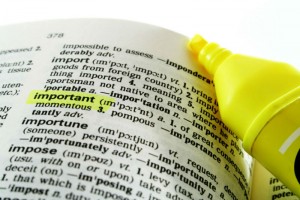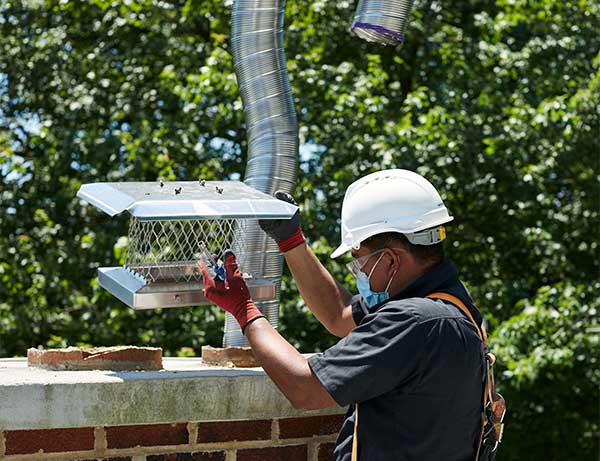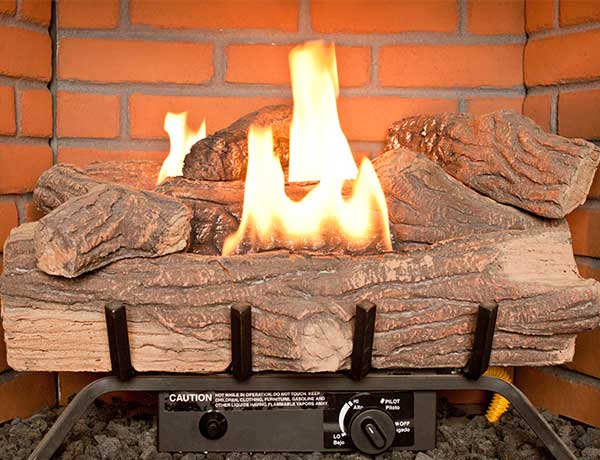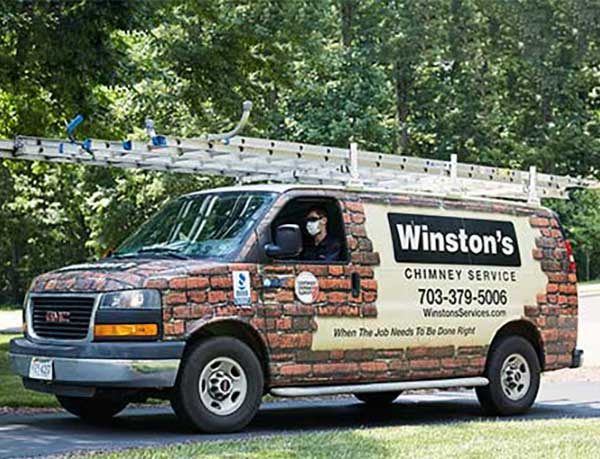 One of the most important parts of your chimney, the chimney liner serves several functions that affect the safety and performance of your fireplace. If your chimney liner becomes cracked or damaged due to water penetration of your chimney, you must take care of this repair task before you can safely use your fireplace. Scheduling a chimney sweeping at inspection with Winston’s Chimney Service allows our CSIA-certified chimney sweeps to look at your liner to see if it needs essential repairs. It could be so deteriorated that you may even need to replace the damaged liner with a new one. We would like to tell you more about chimney liners and why cracks and gaps in liners can be so hazardous.
One of the most important parts of your chimney, the chimney liner serves several functions that affect the safety and performance of your fireplace. If your chimney liner becomes cracked or damaged due to water penetration of your chimney, you must take care of this repair task before you can safely use your fireplace. Scheduling a chimney sweeping at inspection with Winston’s Chimney Service allows our CSIA-certified chimney sweeps to look at your liner to see if it needs essential repairs. It could be so deteriorated that you may even need to replace the damaged liner with a new one. We would like to tell you more about chimney liners and why cracks and gaps in liners can be so hazardous.
What Are the Main Functions of a Chimney Liner?
According to the Chimney Safety Institute of America (CSIA), chimney liners serve three important duties to prevent hazardous occurrences:
Liners protect your house from heat transfer to combustibles.
In both the 1940’s and the 1980’s, the National Bureau of Standards tested masonry chimneys that had no liners and discovered that heat moved so rapidly up the chimney that the adjacent woodwork caught fire in less than four hours. Chimney liners can prevent dangerous home fires.
Liners protect your masonry work from the corrosive byproducts of combustion.
If you have no liner or have cracks or gaps in your liner, flue gases can penetrate the bricks and mortar of your chimney. Since the flue gases are acidic, this penetration will eat away at the masonry work. As the mortar joints erode and deteriorate, toxic gases like carbon monoxide can easily leak into your home and possibly cause carbon monoxide poisoning.
Liners provide a correctly sized flue for the greatest efficiency of your heating appliance.
Many fireplace inserts and stoves are smaller than your existing firebox, and a chimney liner can create a new flue to perfectly fit your new heating appliance. An improper fit can cause draft and combustion issues that can lead to excessive buildups of the highly flammable compound, creosote, in wood-burning units and production of carbon monoxide in gas-fueled appliances.
What Are the Different Types of Chimney Liners?
Chimney liners come in three main types:
clay tile liners
The most common type of masonry chimney liner, clay tile liners are inexpensive and easily found, but they have a couple of disadvantages. The first is the ceramic-based tiles do not distribute heat evenly if a chimney fire should occur. The uneven heat will cause the tiles to crack and break. The other disadvantage is clay tiles cannot adequately contain the liquid combustion byproducts released by gas-fueled appliances.
metal liners
Made from stainless steel or aluminum, this type of liner is generally chosen to upgrade and repair existing chimney liners and to install with fireplace inserts and stoves. Stainless steel is the recommended metal for these liners as it is longer-lasting and much more durable.
cast in-place liners
Made from lightweight castable cement, this type of liner creates a smooth, seamless, insulated passageway for the toxic gases to escape your chimney. Suitable for all fuel types, cast in-place liners are great for improving the structural integrity of aging chimneys.
Want to know more about the hazards and dangers of a cracked chimney liner? Contact Winston’s Chimney Service to ask our staff any questions you may have about relining your chimney.



